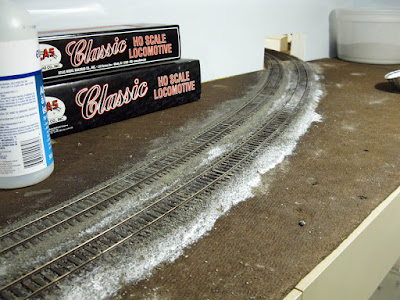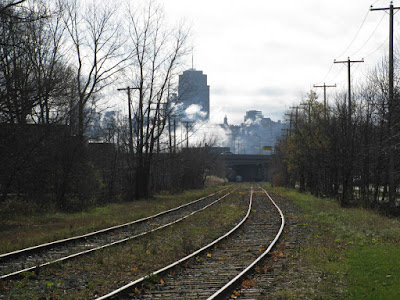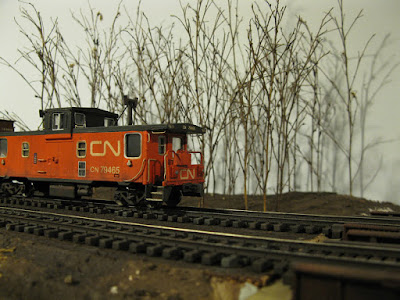The first step was to read the actual camera manual. Until recently, I would just select macro or landscape and turn off the flash. I ended up with unreliable colors and had to photoshop everything which took a lot of previous time. Then, it was time to understand basic stuff light exposure and white color balance. Taking decent picture of the garage kit took me about 18 hours during four days. Seems quite a lot of time, but it was useful because I tried every settings possible and compared the results. I should have done years ago!
The next step was to build a lighting tent to get more control on what I'm doing. I used a old cardboard box and drafting paper. It took about 10 minutes to build, but the result was excellent. Once again, I did a lot of lighting test using various combination of natural and artificial light sources of all kind.
I decided to keep my lighting tent. It is a far more reliable way to photograph my weathering and building effort than using my desk lamp. Seriously, I can't believe I didn't care about basic photographing technics for so long. It would have saved me hours and hours of useless photo editing.
The first train specimen under the lighting tent is a Proto 2000 CN ex-automobile boxcar. I bought this one at a close out sale a few years ago but never found time to build it. Yesterday, I decided to glue it together once for all. Many of these boxcars received what Richard Yaremko calls the "borg treatment" in the early and mid-80s when they were reshopped. Roofwalk were removed too. But some escaped this faith. Since the Proto 2000 car isn't much more than a proxy model, I decided to build it per instruction. I only replaced the stirrups with metal ones from A-line and new metal grabs on car's ends. Finally, I applied consolidated lube data decals to complete the look. I only need to weather it.














































